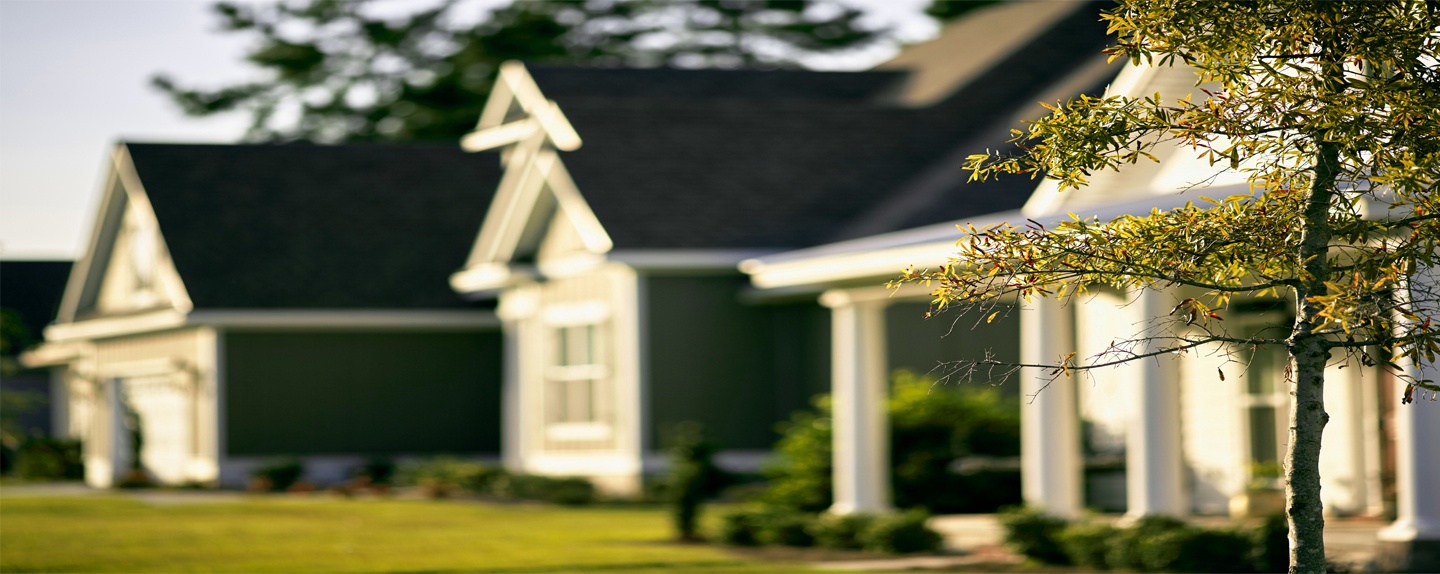If you didn’t have a preventative grub application done last year, you may have grubs feasting on your turf grass roots this spring. Damage from grubs manifests itself as wilting patches of turf which eventually turn into brown dead patches of grass. You may also see areas where other animals like raccoons and crows have been digging up your yard so they can feast on the plump little grubs.
What Are Grubs and What Do They Look Like?
Grubs are the juvenile form of Japanese and other types of beetles and they feed on grass plant roots. Adults lay eggs in mid to late summer that hatch into small grubs. The grubs begin feeding and as the weather cools, they burrow down deeper into the soil and over winter there. As the temperatures warm in spring, they come back into the root zone and begin feeding again. If you look in areas where you have grub damage, you will find plump, white, C-shaped grubs with brown heads and 6 little legs.
A healthy lawn can usually survive having up to 12 grubs per square foot of lawn so it is often the animal damage that alerts a homeowner to a grub problem. In severe cases, you may be able to roll your turf up like a carpet because all the roots that anchor the turf to the soil have been eaten.
How Do I Prevent Grubs?
There are several good grub control products you can put down in the spring to early summer to eliminate the next generation of grubs that will be hatched later that summer. Early application is needed for these treatments since are they are systemic, which means they are taken up and moved around inside the plant instead of just being applied to the leaves or being active on the soil surface. Regular yearly application of these products will greatly reduce the occurrence of grubs in your lawn.
How Do I Get Rid Of Grubs?
If you have grubs now, those systemic products will not be effective against them. You will need to have a curative treatment of insecticide applied to your lawn. Again, there are many options available at box stores and garden centers or you could contact your local lawn care service for them to do a treatment for you.
Repairing Lawn Damage From Grubs
Once you ensure complete pest control of your lawn, the next step is to tackle the damage grubs have caused. While there are different approaches to take, the goal remains the same: to revive the health and beauty of your outdoor space.
One option is simply to remove the dead grass. Raking over the top layer of thatch can help loosen up any areas of brown grass without damaging the roots. When combined with deep watering once a week, new green grass will begin to grow and fill in these empty space
Another route to consider is reseeding. After removing damaged parts of the lawn, sprinkle seeds across freshly loosened and fertilized soil. With regular watering, these seeds will begin to sprout and fill in the bare areas of your lawn.
When to Repair Your Lawn
Knowing how to prevent and solve grub problems is only half the battle. Homeowners also need to know what time of year they should take action. Fall is recognized as the best time to repair lawns from grub damage due to the season’s cooler temperatures.
Get More Info From The Pros!
Looking for more information on grubs or just ready to let the professionals take over your lawn care needs from here? The Grassmaster Plus team is ready and willing to answer any questions you have and can provide you a free quote on your lawn care services for the season. Contact our local office today!

